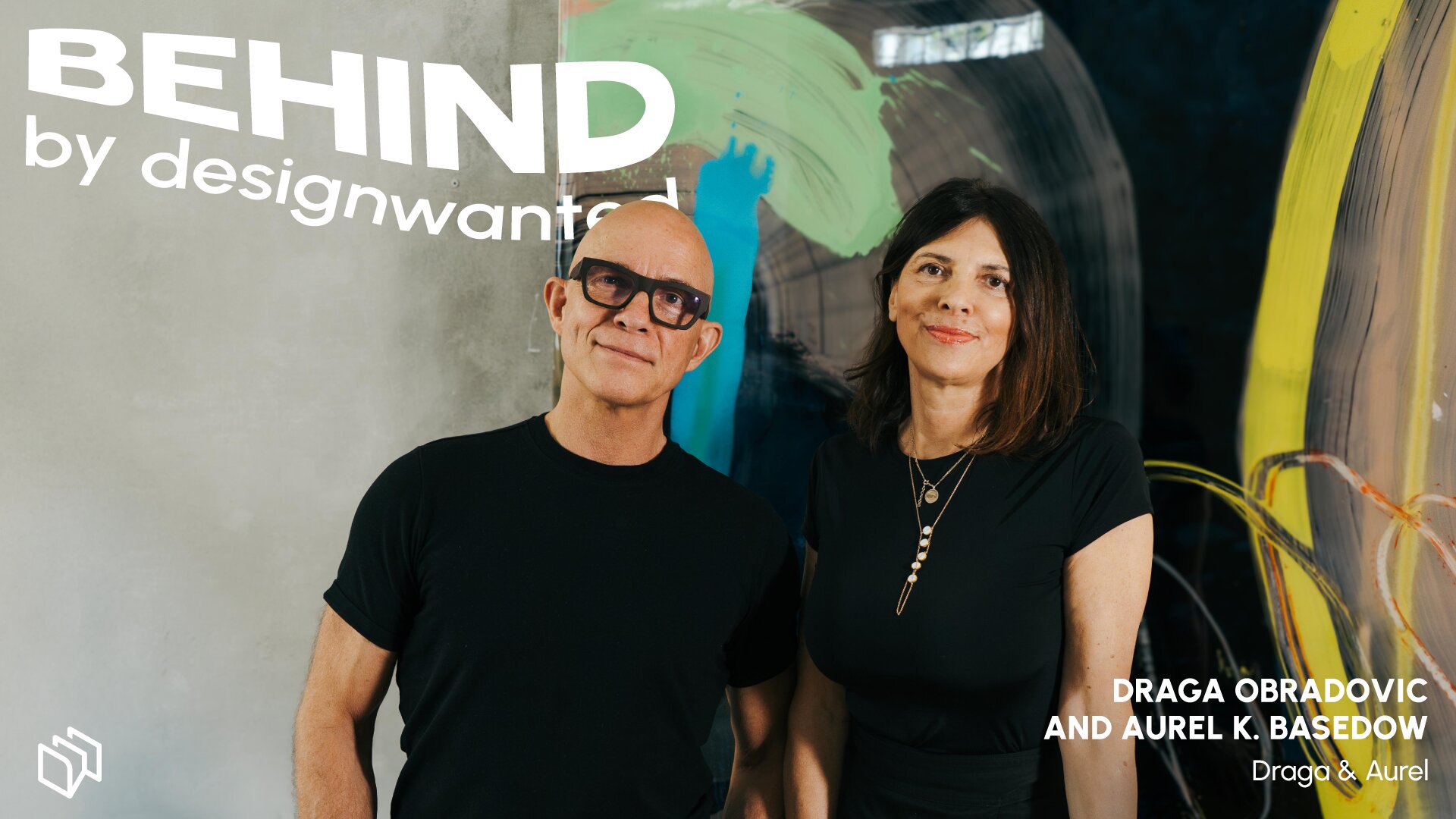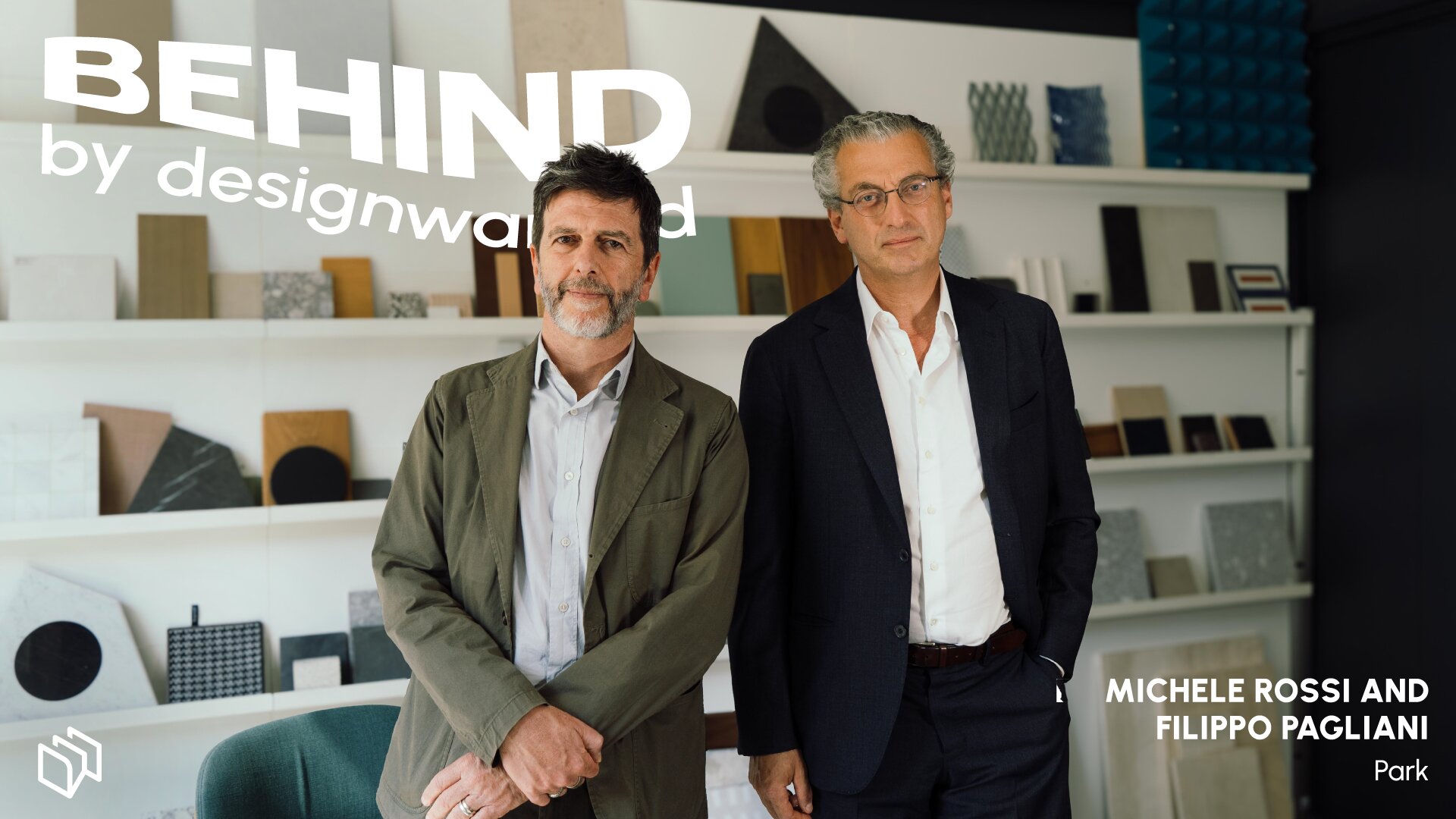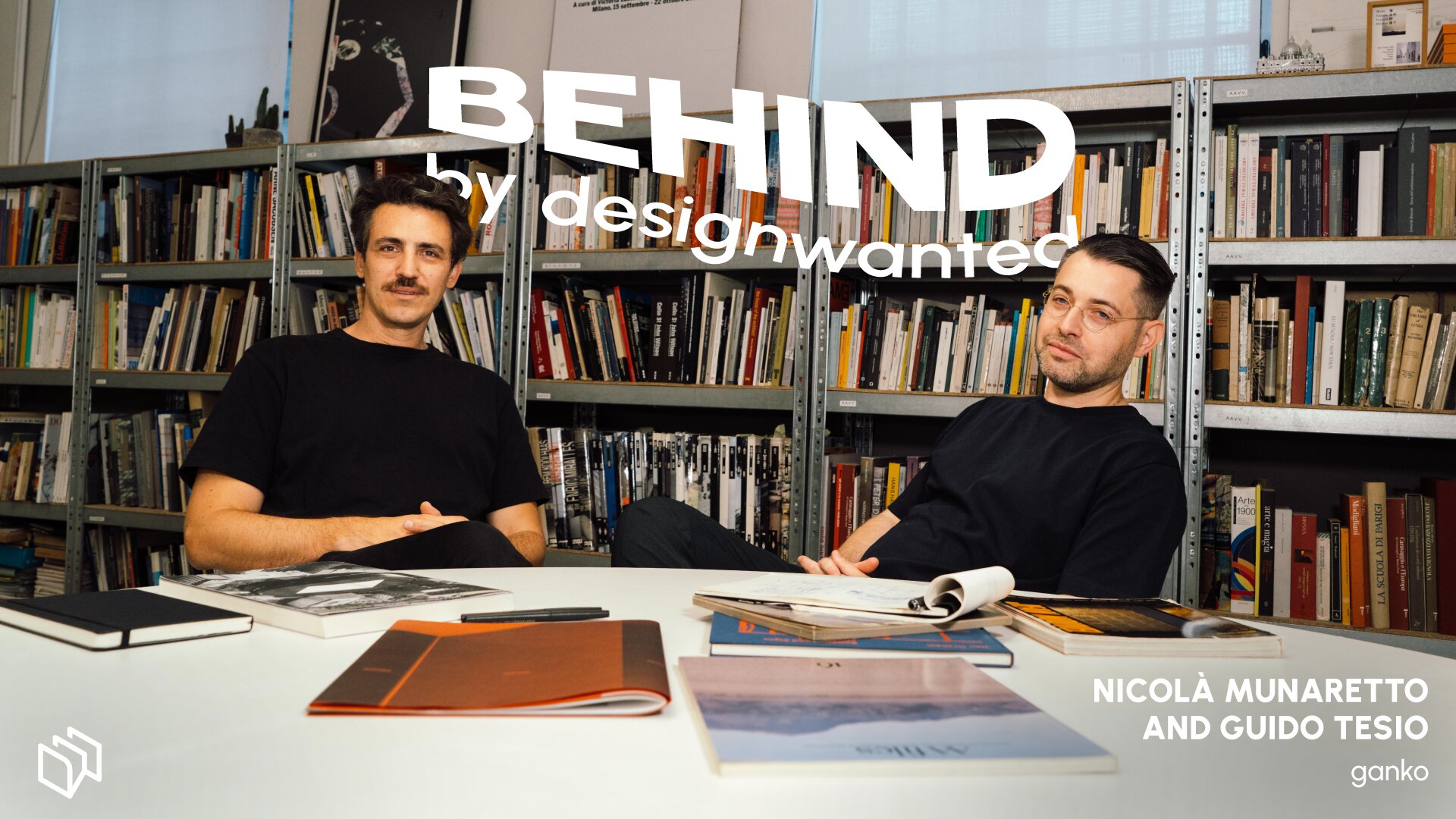
Flatwig Studio: Interiors shaped by people
In this episode of Behind, we explore the world of Flatwig, the interior and product design studio founded by Erica Agogliati and Francesca Avian in London in 2016. Defined by a distinct, human-centered approach, the studio moves fluidly between handcrafted interiors, limited-edition objects, and design education—bridging their early work in the UK with ongoing projects across Italy.
Their practice rejects standardization. Instead of relying on catalog pieces or mass-market products, Flatwig collaborates closely with artisans to develop furniture and elements tailored to each space. Kitchens, wardrobes, tables, bathroom units—everything is designed specifically to serve the user’s everyday routines. “We enjoy working across different scales,” they explain. “Our objects tend to be more experimental.” This same logic extends to their interior projects, where spatial design and custom furniture evolve together to meet functional and aesthetic needs.

After four years in London, Erica and Francesca returned to Italy. That shift marked the beginning of their product design journey, sparked by insights gained through interiors. Their first product, Ondula, was shown at Salone del Mobile in 2019. It was born from a bathroom wall cladding detail—a corrugated fiberglass sheet—that they had used in a previous project. Reimagined as a series of furnishings, it demonstrated how architectural details could be abstracted into objects, becoming standalone expressions of their design vocabulary.
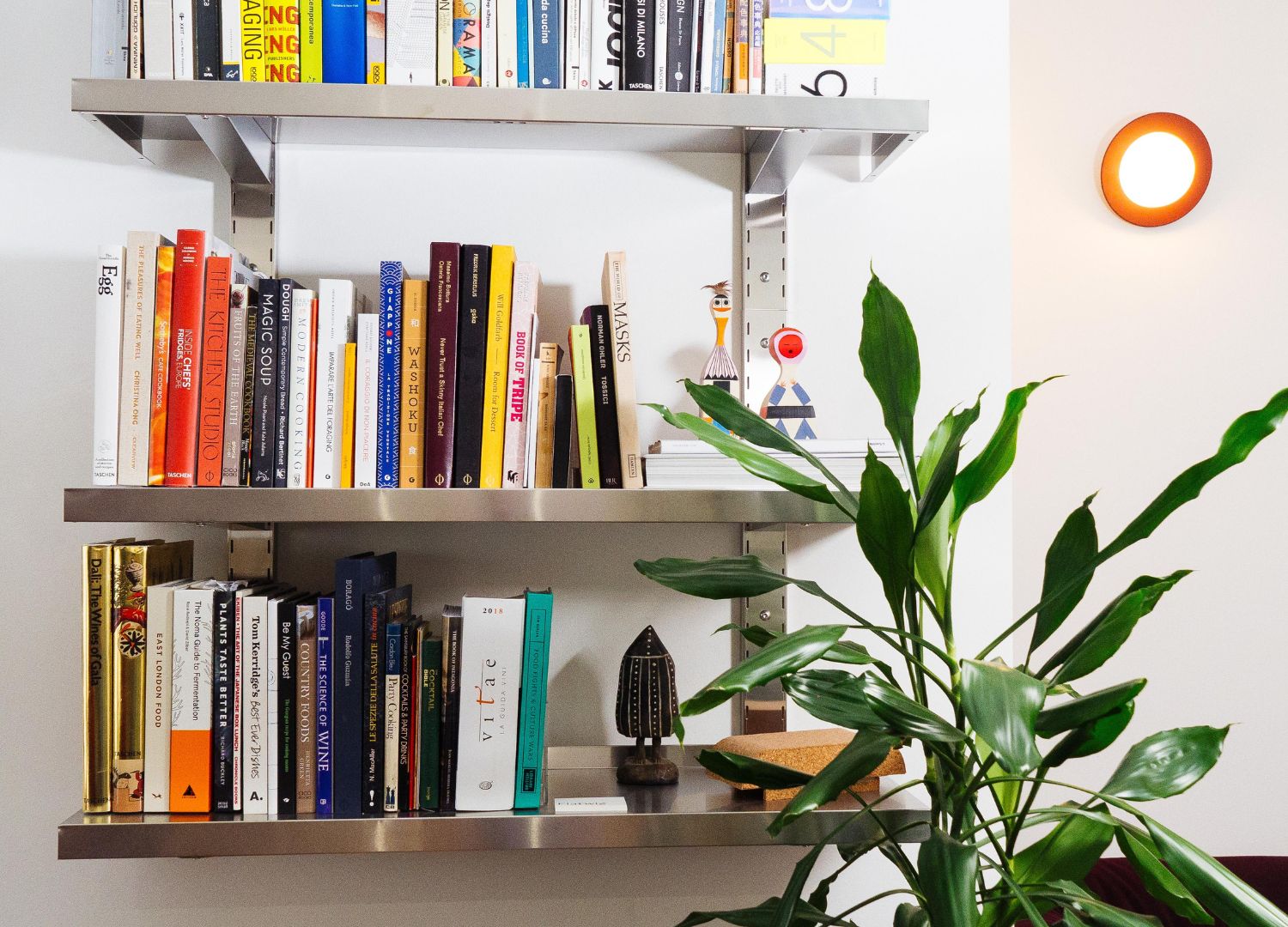
Creating objects also turned into a strategic move. “A product is faster to develop than an interior,” they note. “It helped us communicate our vision and get noticed.” Products offered immediacy—not only in production but also in terms of visibility. While an interior may take months or years to photograph and share, a single object can be captured and circulated more easily, opening doors to press coverage and broader recognition.
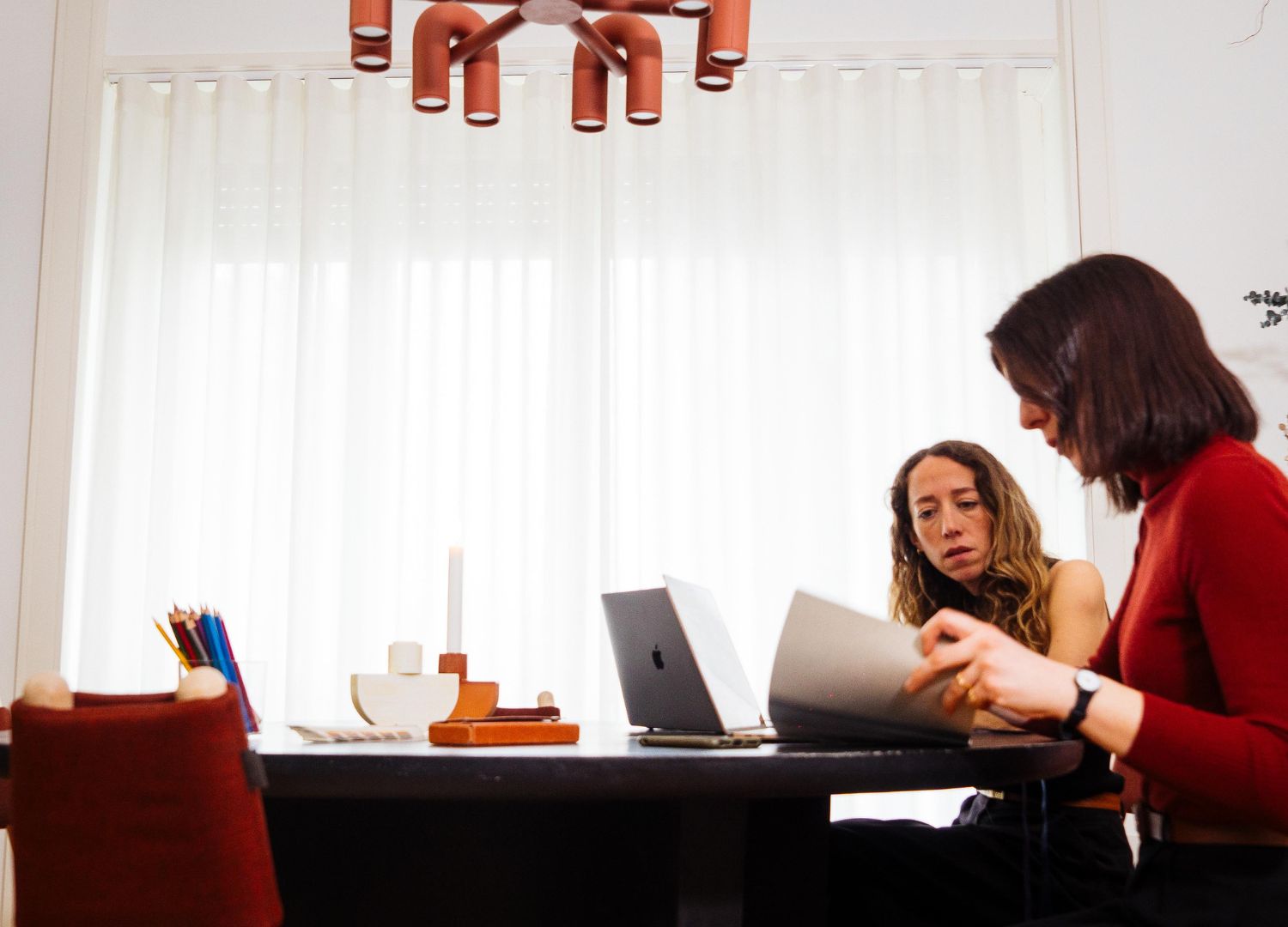
But visibility was never the end goal. What drives Flatwig’s work is a clear belief: interiors should reflect the people living in them. “We strongly believe that every interior should be tailored to the client’s human needs,” they say. That means no stylized showroom feel, no cookie-cutter layouts. Instead, they value imperfection, context, and authenticity—qualities that often get lost in image-driven design.
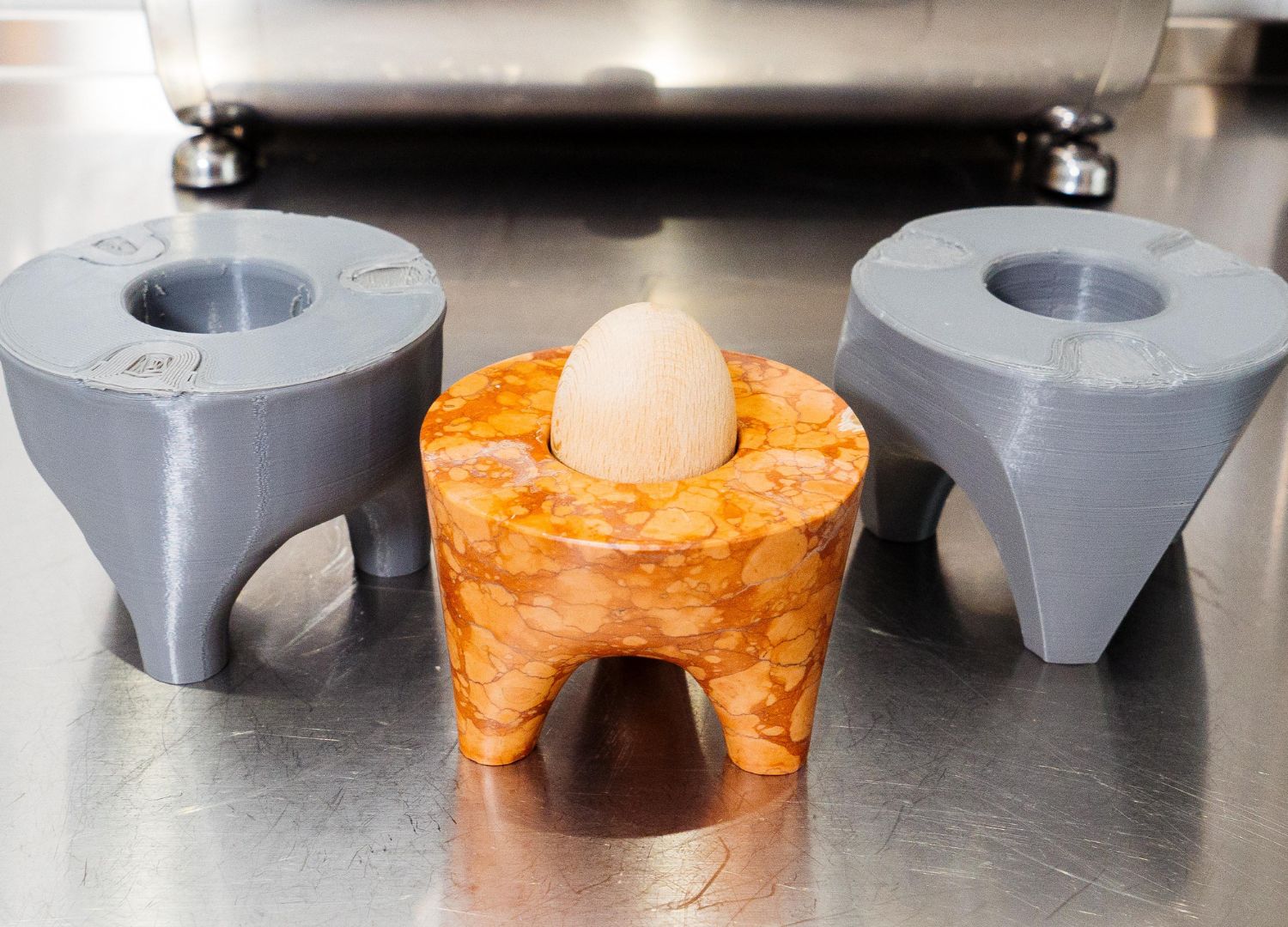
This attitude is visible in one of their earliest and most representative projects: Furanxo, a hybrid wine bar and deli in Dalston, East London. The space needed to shift from day to night—from selling Spanish cured meats and cheeses to serving as a social bar. The brief called for a traditional bodega, with dark wood, marble, tile, and iron elements. Rather than recreate that directly, Flatwig reinterpreted it with a contemporary eye: white tiles with dark grout replaced the expected ceramic palette, and white Carrara marble was chosen for the countertop. These choices made the space feel bright and graphic, yet still grounded in the clients’ roots.
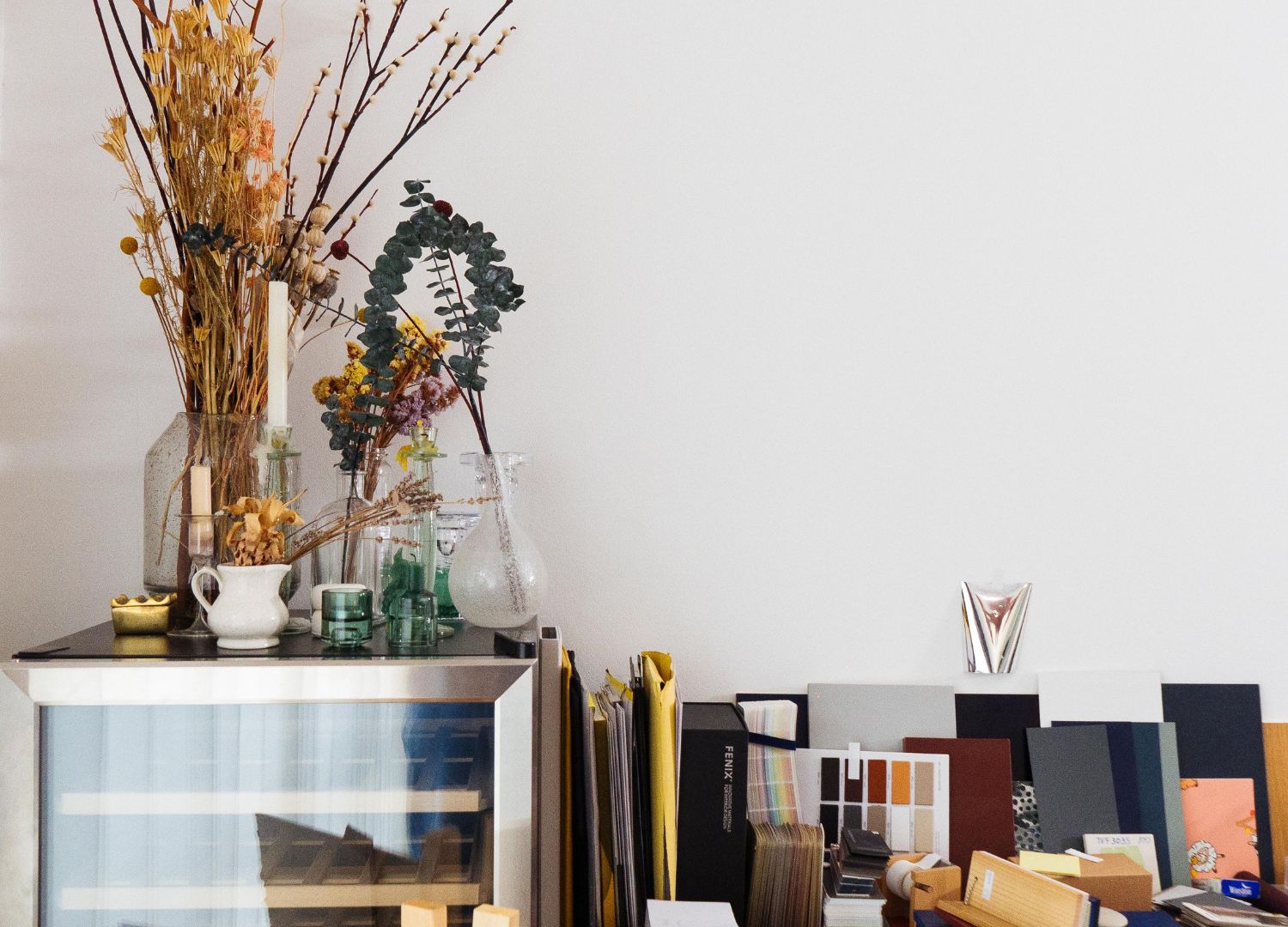
One key feature was a custom bench along the wall. In the evening, this became the heart of the space—an informal gathering point where guests would sit, talk, and meet. “Over time, we were told it became a social hub,” they recall. “The layout encouraged interaction.” The design succeeded not just in organizing space, but in shaping behavior. It created the conditions for conviviality—something no catalog piece could have anticipated.
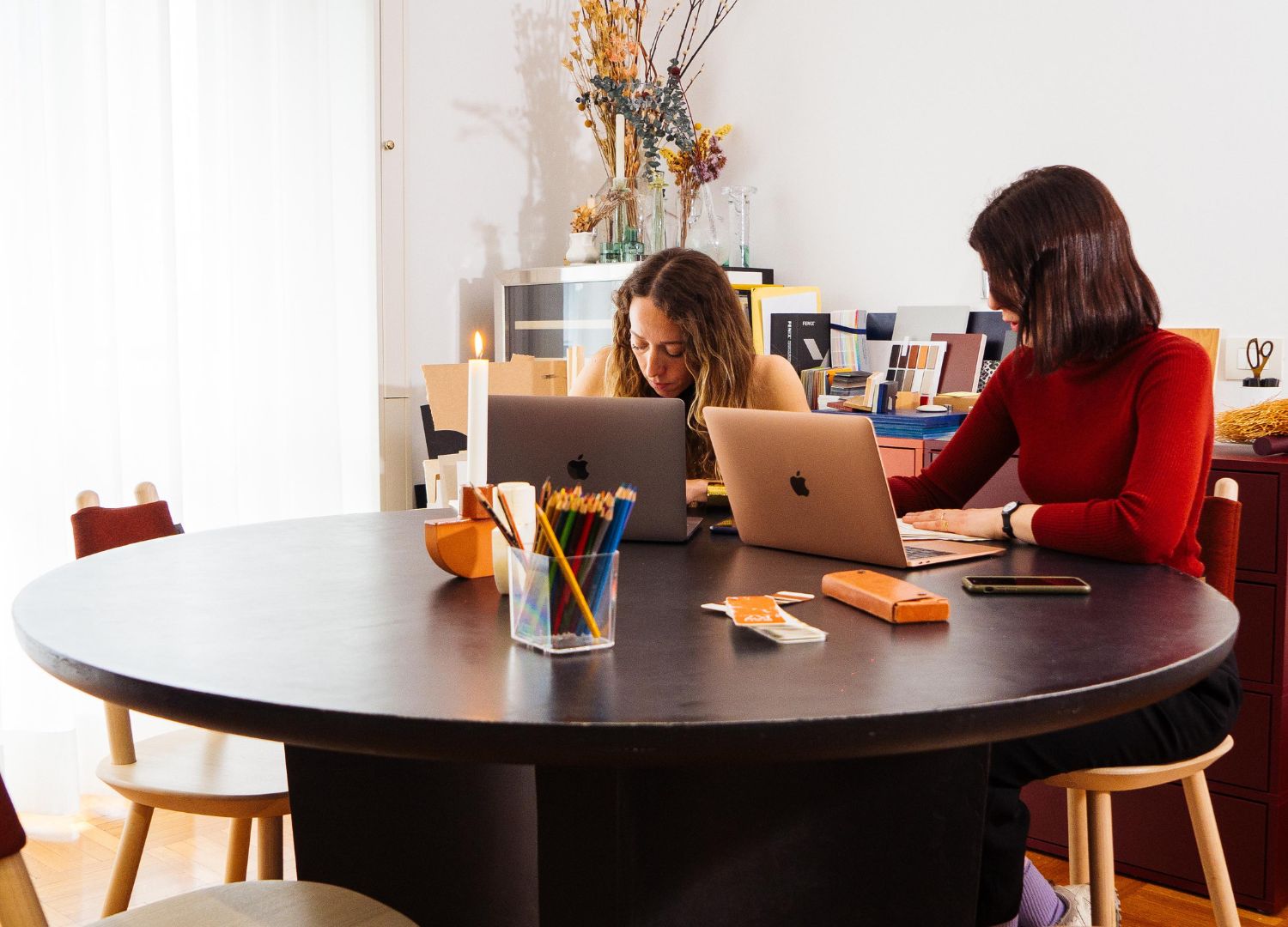
This fusion of spatial sensitivity, custom craftsmanship, and user-centered thinking defines how Flatwig works. They’re not interested in designing for effect, but for experience. Every choice—material, proportion, layout—is filtered through the lens of how it will be used. That makes their work feel personal, grounded, and distinct.
Whether it’s a corrugated fiberglass table or a built-in wardrobe, each element is part of a larger narrative. And that narrative isn’t about the studio—it’s about the people who will live, move, and gather in the spaces they shape. In a field often obsessed with visuals, Flatwig Studio quietly insists that function, emotion, and craft come first.
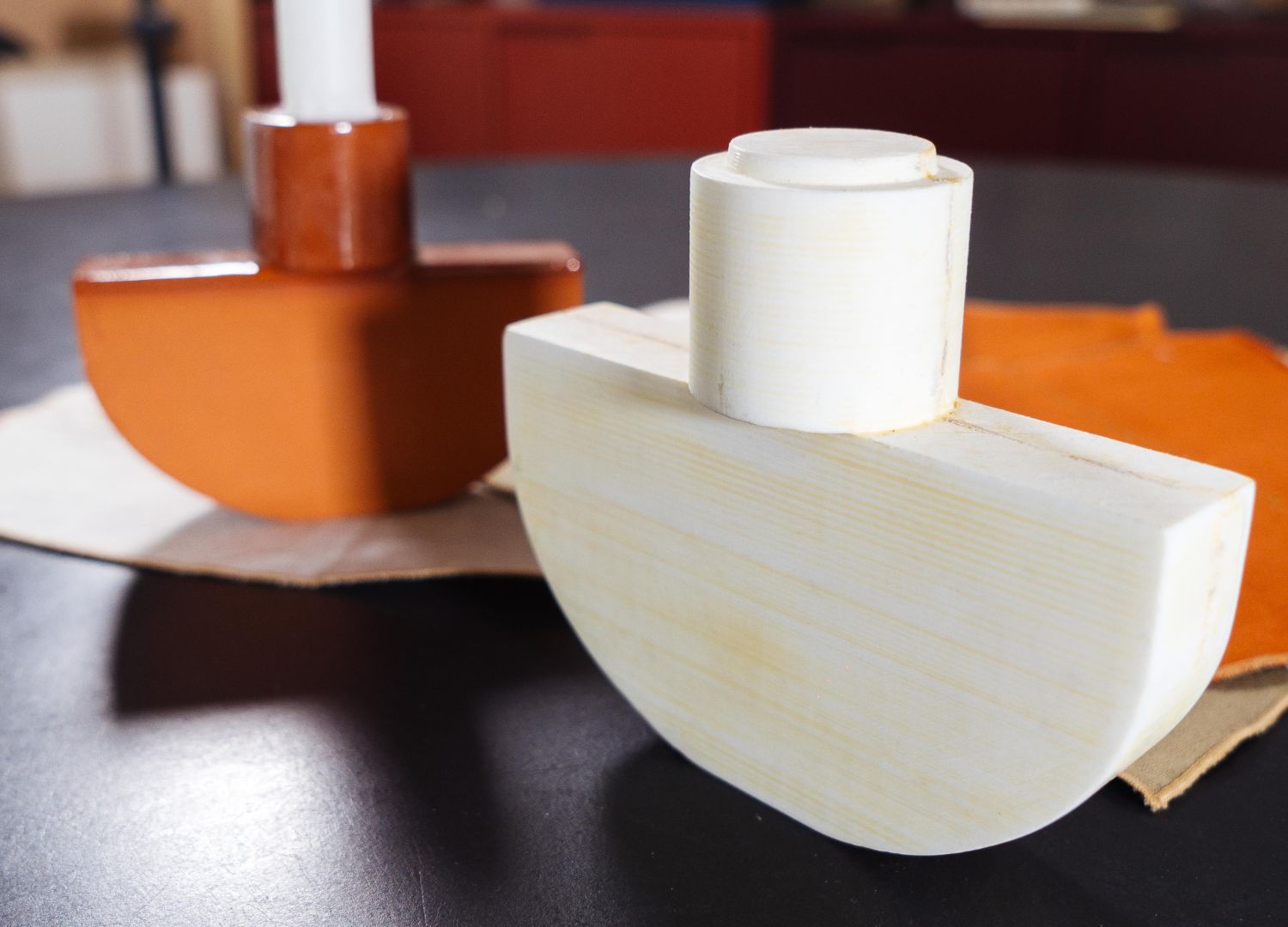
The original BEHIND series comes to life thanks to the invaluable support of our trusted partners:


